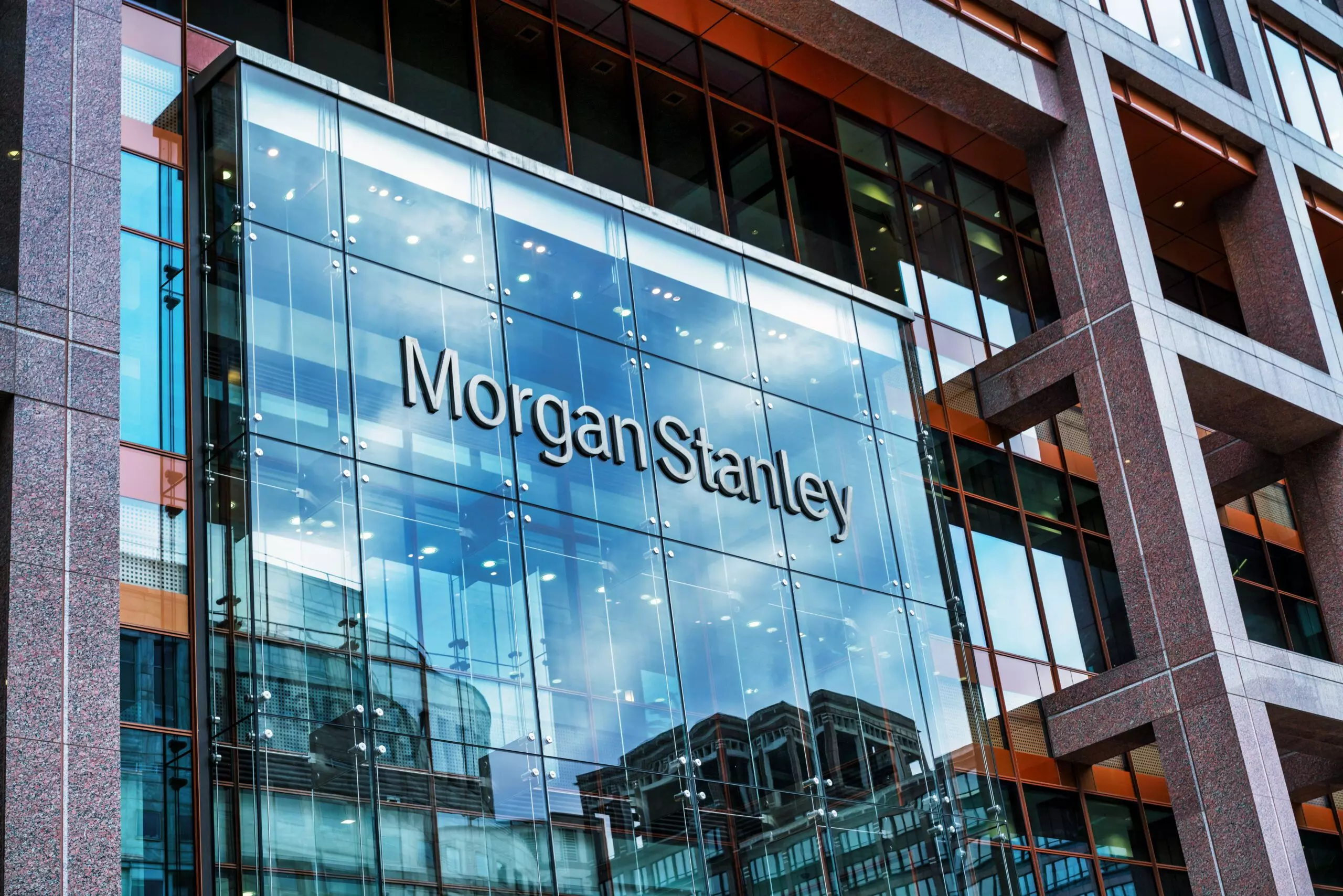The expectation of interest rate cuts by major central banks toward the end of 2023 has been prevalent in the market. However, some economists are reassessing this view due to factors such as persistent core inflation, tight labor markets, and a resilient global economy.
Surprisingly strong U.S. job figures and gross domestic product data have highlighted a potential risk for the Federal Reserve to pause its monetary tightening. The economy’s resilience and continued labor market tightness could lead to upward pressure on wages and inflation, which may become entrenched.
Although the headline U.S. consumer price index has cooled significantly since peaking above 9% in June 2022 and fell to 4.9% in April, it still remains well above the Fed’s target of 2%. Notably, core CPI, which excludes volatile food and energy prices, increased by 5.5% annually in April.
The Federal Reserve recently implemented its 10th interest rate hike since March 2022, raising the Fed funds rate to a range of 5% to 5.25%. Chairman Jerome Powell hinted at a likely pause in the hiking cycle during the FOMC’s June meeting. However, minutes from the meeting revealed differing views among members, with some advocating for additional rate hikes while others anticipate a slowdown in growth that would eliminate the need for further tightening.
Federal Reserve officials, including St. Louis Fed President James Bullard and Minneapolis Fed President Neel Kashkari, have suggested that persistent core inflation may necessitate a longer period of tight monetary policy, possibly leading to more rate hikes later in the year.
New data released on Friday showed that the U.S. personal consumption expenditures price index, a preferred gauge for the Fed, increased by 4.7% year-on-year in April. This further reinforces the expectation of higher interest rates for an extended period.
Several economists have stated that the U.S. central bank may need to adopt a more aggressive monetary policy to address underlying dynamics that have proven stubborn. Currently, the market predicts a nearly 35% probability of the target rate ending the year in the 5% to 5.25% range, with the most likely range by November 2024 projected to be 3.75% to 4%.
The U.K. faces a more challenging inflation situation compared to the U.S. and the euro zone. The U.K.’s consumer price inflation rate fell less than expected in April. The annual consumer price index dropped from 10.1% in March to 8.7% in April, well above consensus estimates and the Bank of England’s forecast of 8.4%. Core inflation, on the other hand, increased to 6.8% in April, raising concerns for the Bank’s Monetary Policy Committee.
Given the stickiness of inflation, which is nearly double that of the U.S. and higher than in Europe, traders are increasingly betting on the need for further interest rate hikes to curb price increases.
Deutsche Bank’s outlook suggests a firm shift in monetary policy toward a “higher for longer” approach. According to Refinitiv data, the market currently indicates a 92% probability of a 25 basis point rate hike from the Bank of England at its June meeting, bringing the main bank rate to 4.75%. However, despite expectations of prolonged rate increases, many economists still anticipate a complete reversal of this trend before the end of the year.
Berenberg, which had previously projected three rate cuts by the end of 2023, revised its forecast to only one cut in response to recent inflation data. The German bank maintains its end-2024 call for a 3% rate, projecting six 25 basis point cuts throughout the next year. However, it also assigns a 30% probability to a further 25 basis point hike in August, pushing the bank rate to 5%.
Kallum Pickering, Senior Economist at Berenberg, highlights the uncertain effects and variable lags of policy changes. Due to the shift from floating-rate mortgages to fixed products over the past decade, the transmission of monetary policy to consumption via the housing market takes longer than before. He emphasizes the risk that if the Bank of England overreacts to near-term inflation surprises, it could lead to a significant undershoot of inflation once the full effects of past policy decisions unfold.







